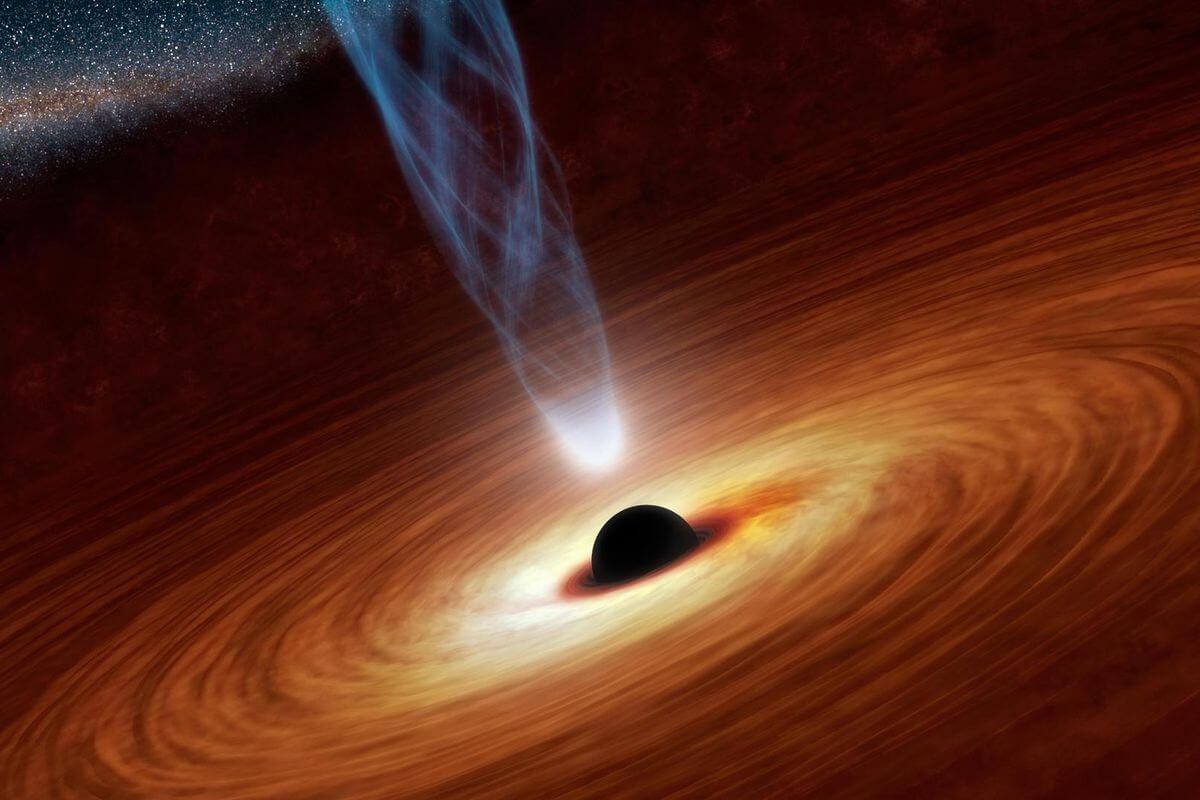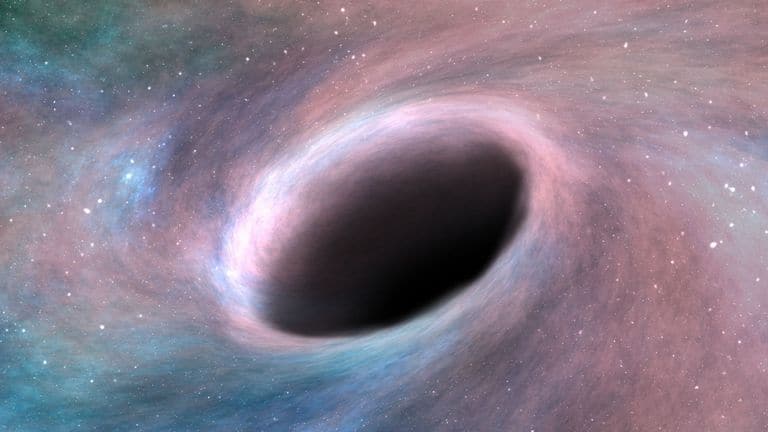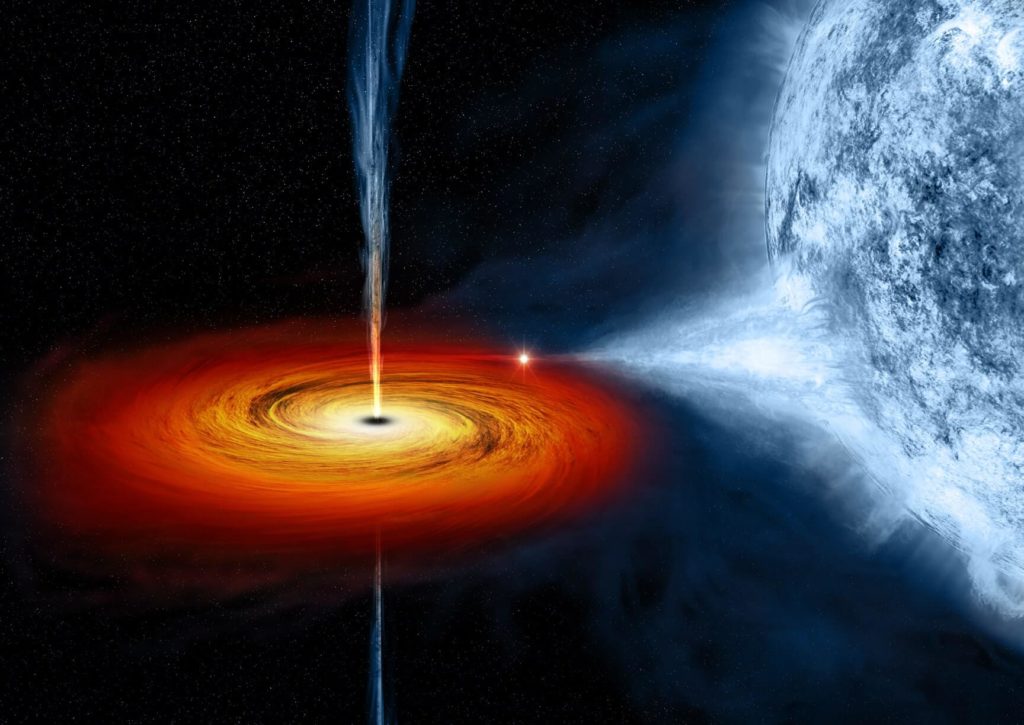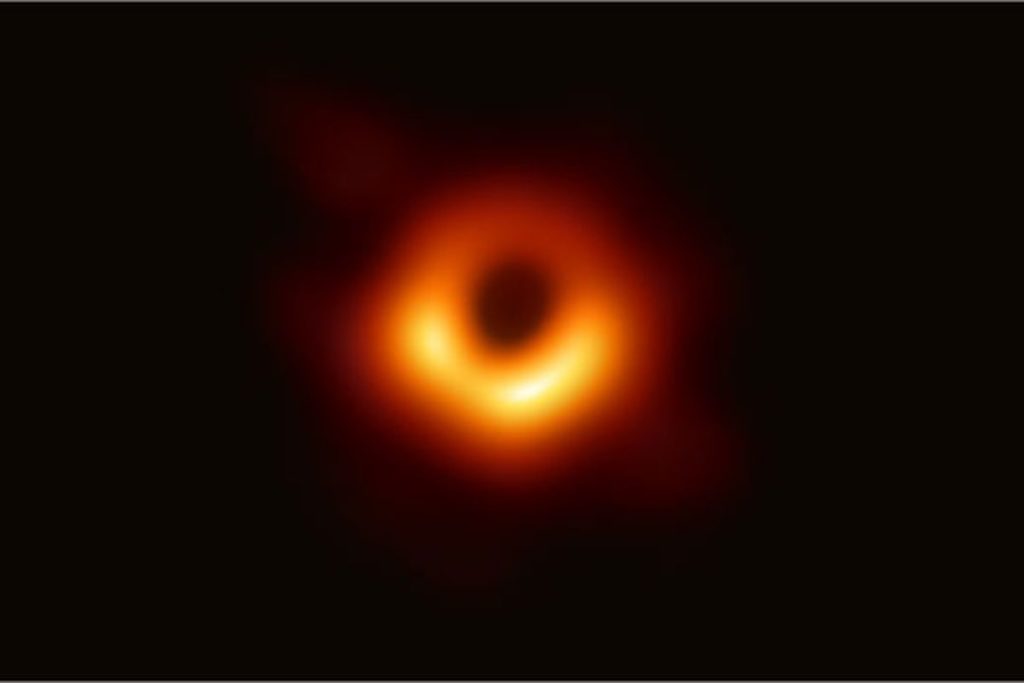Address
304 North Cardinal St.
Dorchester Center, MA 02124
Work Hours
Monday to Friday: 7AM - 7PM
Weekend: 10AM - 5PM

They’ve been all over the news. We’ve finally seen them! Black holes in all their flesh and glory. While scientists gaze at the wonder and spectacle that they have confirmed, most people are wondering what the big deal is. Scientists like to associate darkness with our lack of knowledge of something. Like dark matter and dark energy, black holes aren’t just called black holes because they’re black, rather, they are also called so because what happens beyond their edge is mostly a subject of science fiction rather than science thus far. Here we take a closer look at these wild beasts of nature.
Giant masses of infinite density, black holes are points in space where the laws of physics, as we know it, forget they exist. According to Einstein’s theory of relativity, space and time are one entity and the fabric of spacetime – the smooth continuum that is the building block of our universe – is like a rubber sheet that bends and stretches with mass on it. Well, black holes are rips and tears in that fabric. They are so strong in fact, that not even the fastest entity in the universe – the massless photon of light – can escape their gravitational pull.
They are like infinitely deep wells from which nothing, not even light, can escape. Generally very large, they come in all sizes and masses. They can vary from being infinitesimally small to being tens of billions of times more massive than our sun. From what we’ve theorized and what we’ve seen so far, physically, they are giant spheres of darkness. Fortunately for us, we can see them because of two things. One, they give off special kind of radiation in the Radio end of the electromagnetic spectrum, second, we can observe the light bending around them to infer their presence due to their extreme gravitational pull.

“Life is a circle. The end of one journey is the beginning of the next”
Joseph Marshall
As with the circle of life, when one thing dies, it gives way to for birthing of new things. Stars and planets are formed when a massive cloud of gas collapses under the weight of its own gravity. And when a star dies, a lot of really amazing things happen. First of all, they provide for a great view for astronomers looking up in the night sky. When a star explodes, for a brief moment of cosmic time, it can outshine its entire galaxy. But what’s really interesting is that the burst material is only the outer layer of the star; the core remains intact. Science geeks would know that a lot of amazing things happen under extreme temperatures and pressures. The extreme pressure and gravity cause the core of the star to turn into a white dwarf – an extremely dense and compressed, yet relatively very small, star remnant.
This happens if the exploding star is up to 1.4 times the mass of the sun. If the star is heavier, up to 2.8 times the mass of our sun, it collapses into a neutron star – an even more dense ball composed only of neutrons packed into each other like a Pakistani transportation vehicle. But if the mass of the exploding star is more than 2.8 times that of our own sun, the core of the star keeps on collapsing, and it’ll keep on shrinking till all the matter inside becomes so closely packed that it has infinite density. That ball of infinite density is what we call a black hole.
“What goes up must come down”, a very famous and overly used quote. There is a limit to the extent of which this statement is true however. Every body of mass has its own gravity. This force of gravity pulls every object down. According to Newtons law of gravitation, the further you are from that body, the lesser it pulls you. This means that if you travel fast enough, you can escape the pull of gravity. Imagine being shot out from a body at a certain velocity, you shall fall down. Increase the speed and you’ll travel further.
There comes a speed at which you will never come down but start orbiting around the earth. This is orbital velocity. Increase the speed and there shall come a point where you’ll escape the pull of the earth like a majestic horse riding off into the sunset. This velocity where you can escape the pull of the body is known as escape velocity.

Obviously, by that logic, and the definition of black holes, the escape velocity of black holes is infinity.
Because of the different range of masses of the stars from which they form, they have a specific radius. This means that black holes come in different sizes. We define the size of black holes by their event horizons. The event horizon is not the actual edge to the surface of the black hole. It is the surface at which the escape velocity from the black hole is the speed of light. It is the point at which light starts orbiting the black holes indefinitely. This also means that because we don’t define the black hole to be just the infinitely dense singularity, black holes can have average densities. Inside the event horizon, even objects at the speed of light descend toward the center.
In 1916, Karl Schwarzschild solved Einstein’s field equations and discovered a parameter known as Schwarzschild radius. It is the maximum amount of size an object with mass can have in order to become a black hole. Black holes are classified based on their size or Schwarzschild radius.
These are formed when stars explode. They have masses of tens of times more than the mass of our sun and are extremely dense.
These are the biggest and most massive objects in the entire universe. They are found at the centers of almost every galaxy and they are the glue that hold entire galaxies together. They have masses of more than millions and sometimes even billions of times the mass of out sun and have relatively lower average densities because of their immense size.
These are theoretical black holes that were formed very early on in the universe, almost right after the big bang. They come in sizes of nanometers (10-9) or even less while having masses about equal to the mass ranging to that of Mount Everest – around 1011kg – to about that of a human hair (around 10-8kg).

Einstein predicted that because the spacetime continuum is like a fabric, high mass objects can send ripples through space called gravitational waves. While writing about them, he also predicted that, “we may never find them”. About a hundred years after the theorized them, science caught on and caught a glimpse of passing gravitational waves. The source of these sci-fi noises, giant merging supermassive black holes.
When objects are caught in each other’s gravity, they are bound to collide. When galaxies collide, their supermassive black holes come into a dance with each other and as time passes, finally collide with each other to create an even bigger black hole, sending out ripples through spacetime. Now, the mass of the resulting black hole is nearly equal to the combined mass of both black holes but not exactly the same. This is because of the ripples they send out which causes the resulting black hole to have mass slightly less than both of them combined.
“Everything that has a beginning, has an end”
The eating habits of black holes creates a fundamental paradox in the laws of physics. Because information going inside a black hole is believed to be lost forever, it breaks the second law of thermodynamics which says that all information in the universe has to be conserved. Working on this problem, scientist Stephen Hawking in the 1970sdiscovered a very strange phenomenon about black holes which is that they emit a certain kind of radiation. Scientists dubbed this as ‘hawking radiation’.
Now, because of this radiation, black holes very slowly lose mass over time and the smaller they get, the more mass they emit. But how slowly? To put into perspective, a black hole the mass of our sun would evaporate in 1067years, and remember, the most massive black holes have masses up to billions of times of our sun. Eventually, they emit all of their mass away and evaporate into nothing. With this discovery, Hawking saved Physics as we know it and solved the paradox of loss of information, while reiterating the fact, that nothing lasts forever.
